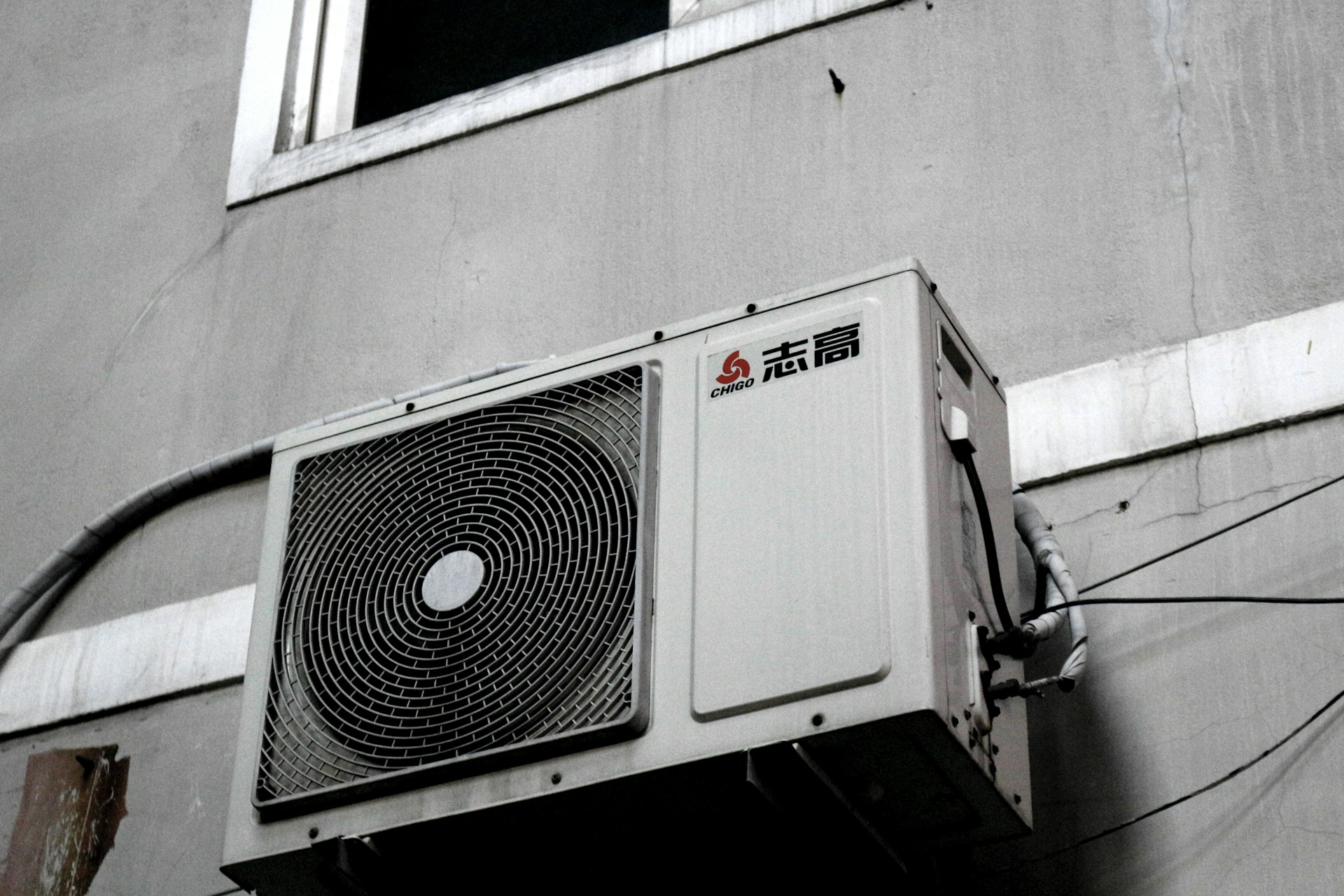As the seasons change, it is essential to prepare your heat pump for the colder months. Fall maintenance ensures that your heat pump operates efficiently and reliably, providing the necessary warmth and comfort. Ignoring these tasks can lead to decreased performance, higher energy bills, and unexpected breakdowns.
Clean and Inspect the Outdoor Unit
Cleaning and inspecting the outdoor unit of your heat pump is a crucial step for ensuring optimal performance during the fall. Over time, dirt, leaves, and other debris can accumulate around the unit, obstructing airflow and causing the system to work harder than necessary.
Steps to Clean the Outdoor Unit:
- Turn Off the Power: Before starting any cleaning, make sure to turn off the power to the heat pump to prevent any accidents.
- Remove Debris: Clear away leaves, sticks, and other debris from around the unit. Use a soft brush or cloth to clean the exterior.
- Inspect the Fins: Check the aluminum fins for any damage or bending. Gently straighten bent fins using a fin comb.
- Wash the Coils: Using a garden hose, carefully wash the coils to remove dust and dirt. Avoid using high-pressure washers, which can damage the fins.
Inspection Checklist:
- Ensure there are no obstructions within a two-foot radius around the unit.
- Check for any signs of rust, corrosion, or wear.
- Listen for unusual noises that could indicate mechanical issues.
These steps help the heat pump operate efficiently by ensuring good airflow and preventing undue stress on the system.
Check and Replace Air Filters
Regularly checking and replacing air filters is essential for maintaining the efficiency of your heat pump. Dirty or clogged filters can restrict airflow, causing the system to work harder and reduce its performance. Clean filters also improve indoor air quality by trapping dust, pollen, and other particles.
How to Check and Replace Air Filters:
- Locate the Filter: The air filter is usually found inside the return air duct or near the air handler.
- Remove the Filter: Slide the filter out and inspect its condition. A dirty filter will appear dark and clogged.
- Replace or Clean the Filter: If the filter is disposable, replace it with a new one of the correct size. If it’s reusable, follow the manufacturer’s instructions for cleaning and drying it before reinserting.
When to Replace Filters:
- Check filters monthly during high-use seasons, such as fall and winter.
- Replace disposable filters every one to three months, depending on usage and air quality.
Keeping air filters clean ensures that your heat pump operates efficiently, reduces energy consumption, and maintains healthier indoor air. This simple maintenance task can significantly extend the lifespan of the system and enhance overall comfort.
Verify Thermostat Settings
Verifying the thermostat settings is an essential step in ensuring your heat pump runs efficiently. An improperly set thermostat can lead to higher energy bills and an uncomfortable living environment. Making sure the thermostat is correctly calibrated and programmed helps maintain a consistent temperature in your home.
How to Verify Thermostat Settings:
- Check the Batteries: Replace the batteries if your thermostat is battery-operated. Weak batteries can cause the device to malfunction.
- Set the Temperature: Adjust the thermostat to a comfortable temperature and observe if the heat pump responds correctly.
- Review the Schedule: For programmable thermostats, confirm that the set schedule aligns with your daily routine. Adjust the settings to optimize energy savings when the house is unoccupied.
Calibration:
- Periodically compare the thermostat reading with a separate thermometer to ensure accurate temperature measurement.
- If the readings differ significantly, refer to the thermostat’s manual for calibration instructions.
Proper thermostat settings ensure your heat pump operates efficiently, providing consistent warmth without wasting energy. Regularly checking and adjusting these settings can maximize comfort and reduce energy consumption.
Inspect and Clear Drain Lines
Inspecting and clearing the drain lines is vital for maintaining the efficiency of your heat pump. Clogged or blocked drain lines can cause water to back up into the system, leading to potential damage and lower performance. Regularly checking these lines helps prevent moisture-related issues and ensures smooth operation.
Steps to Inspect and Clear Drain Lines:
- Locate the Drain Line: Find the condensate drain line near the indoor air handling unit.
- Inspect for Blockages: Look for signs of blockages, such as standing water in the drain pan or slow drainage.
- Clear the Blockage: Use a wet/dry vacuum to suction out any clogs. Alternatively, you can use a long brush or flexible wire to gently clear the line.
- Flush the Line: Pour a mixture of vinegar and water through the drain line to remove any remaining debris and prevent mold growth.
Preventive Measures:
- Regularly inspect the drain line and clear it as needed.
- Install a condensate trap if one is not already in place to prevent clogs.
Keeping the drain lines clear helps maintain the efficiency and longevity of your heat pump. This simple task can prevent costly repairs and ensure that your system operates smoothly throughout the fall season.
Conclusion
Completing fall maintenance tasks for your heat pump is essential for ensuring reliable and efficient operation as the temperatures drop. Cleaning and inspecting the outdoor unit, checking and replacing air filters, verifying thermostat settings, and inspecting and clearing drain lines are all critical steps in this process.
Taking the time to care for your heat pump prepares your home for the fall season, providing comfort and peace of mind. If you are looking for reliable, energy-efficient heating equipment, explore our range of high-quality products at I Heart Amana. Our Amana HVAC systems are designed and engineered to meet your heating needs.



Recent Comments